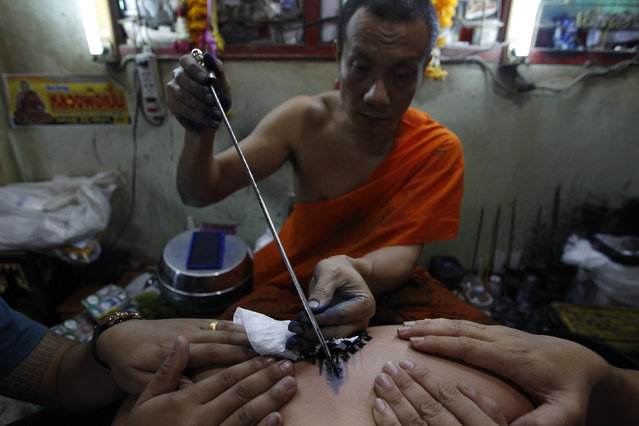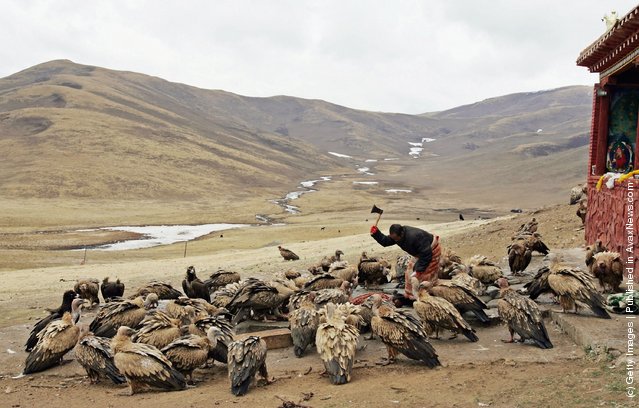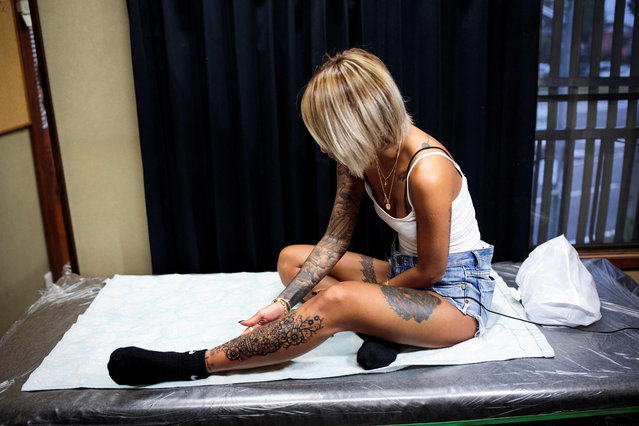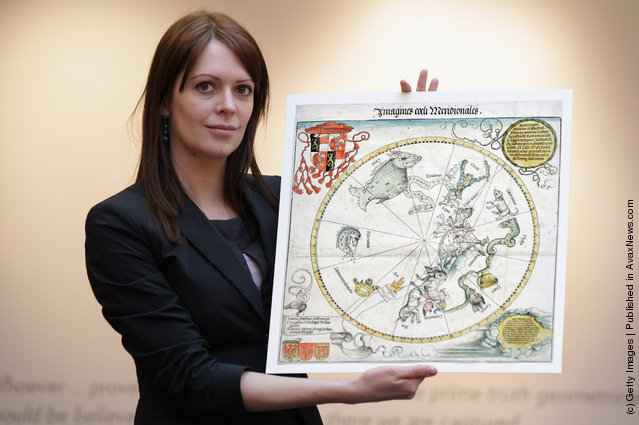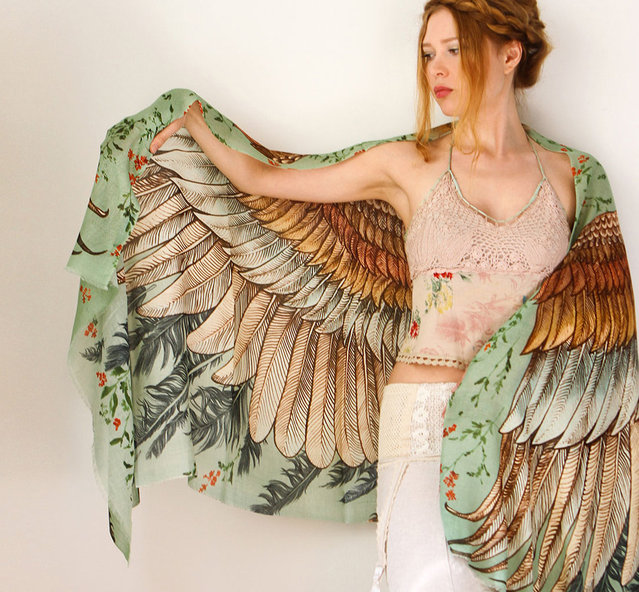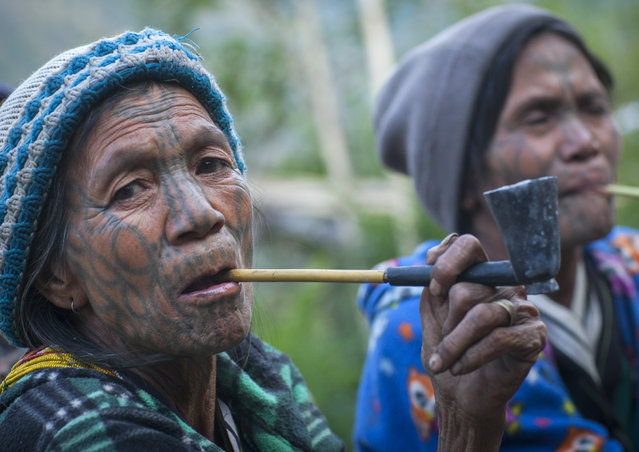
Annelie Vandendael was born in Belgium and grew up in the South of France. After college she came back to Belgium to study at the Royal Academy of Fine Arts (Kask) in Genth where she got a master degree in Photography; Images have always been a passion for her. After finishing her studies, she was invited to “La Fabrica”, the Benetton Communication and Research Center in Treviso, Italy. She was also nominated for the photo academy Award in the Netherlands and won the Award of the Roorda Agency, Amsterdam. (Photo by Annelie Vandendael)
23 Jul 2014 10:08:00,post received
0 comments


